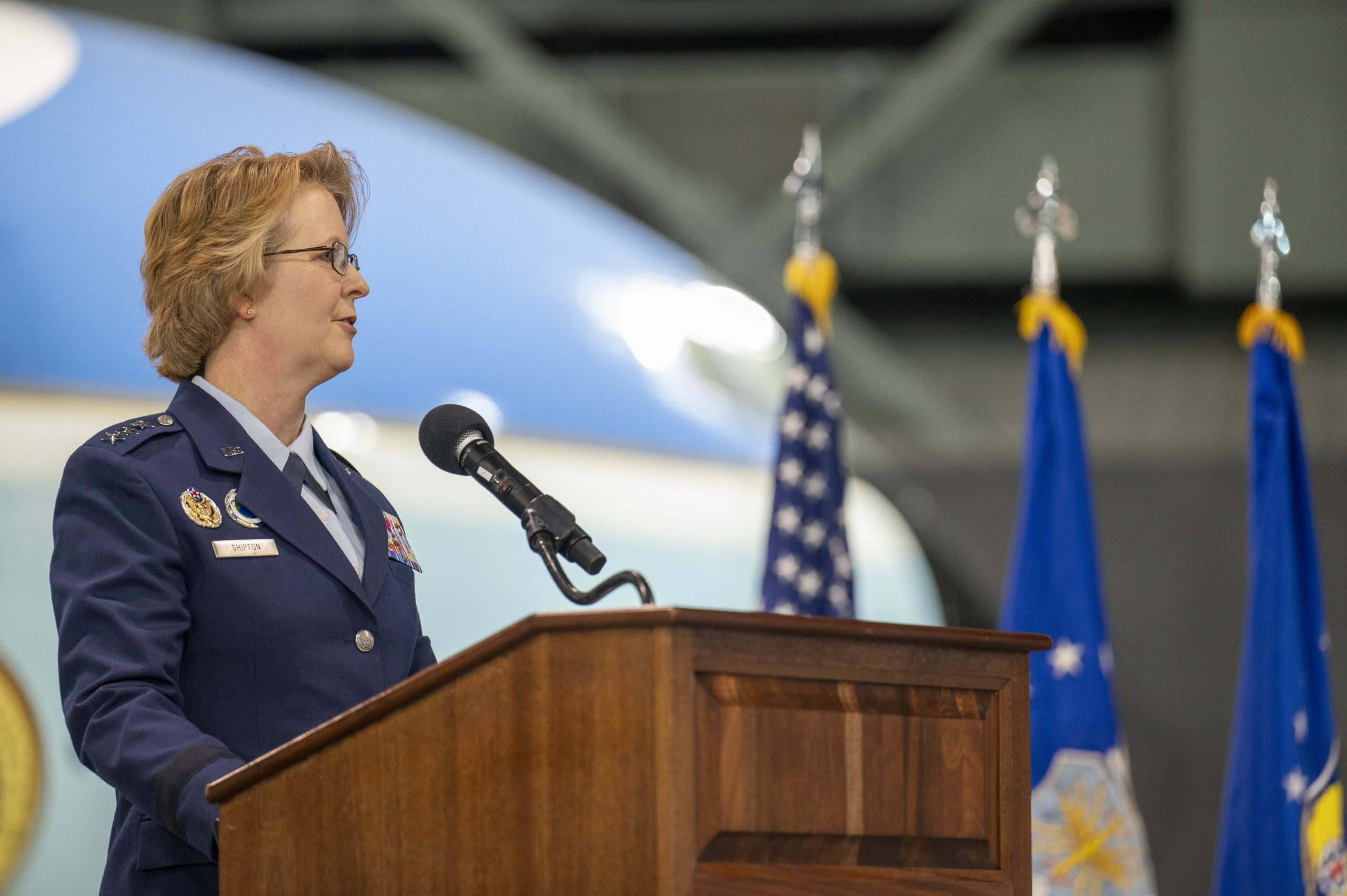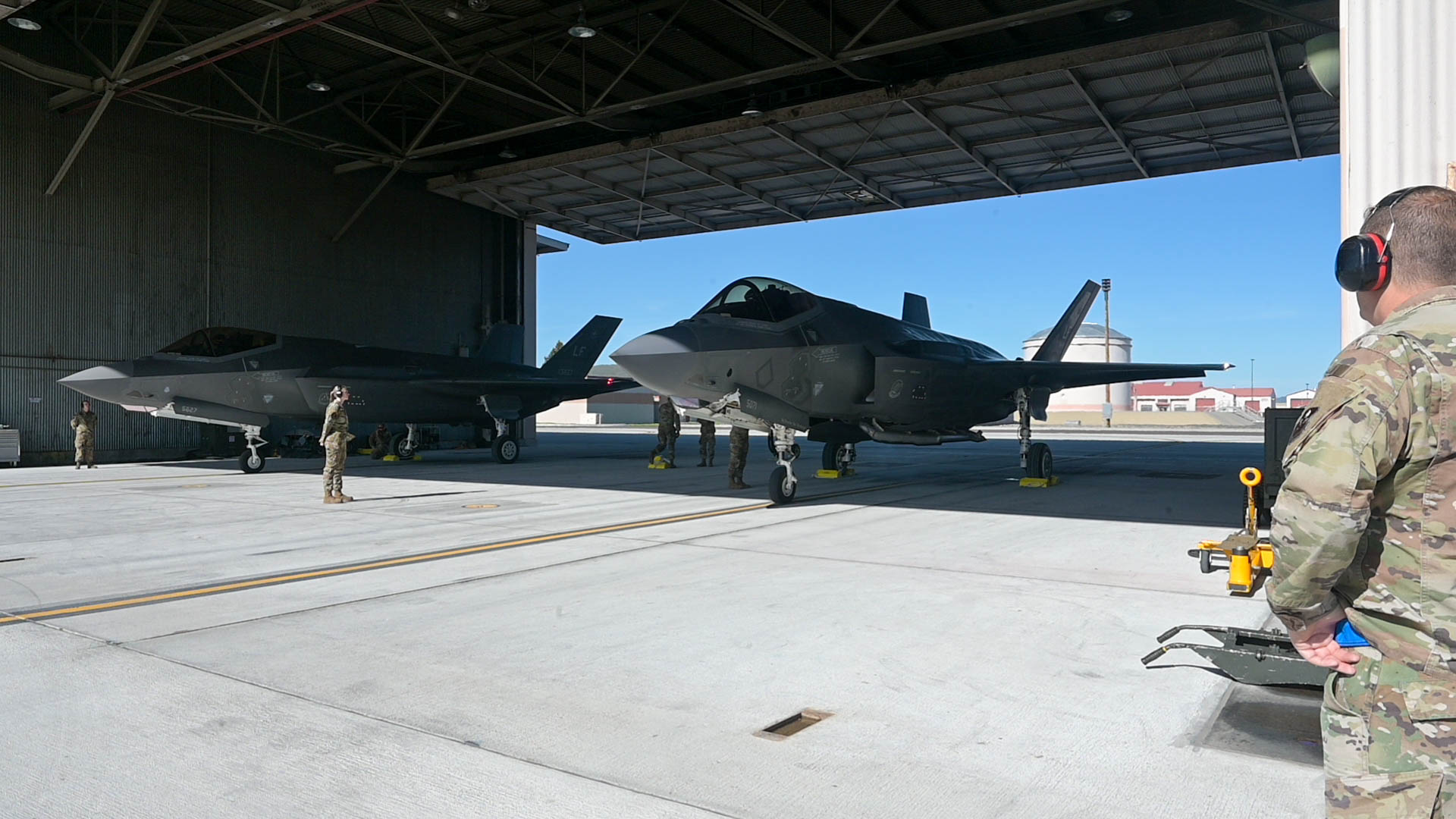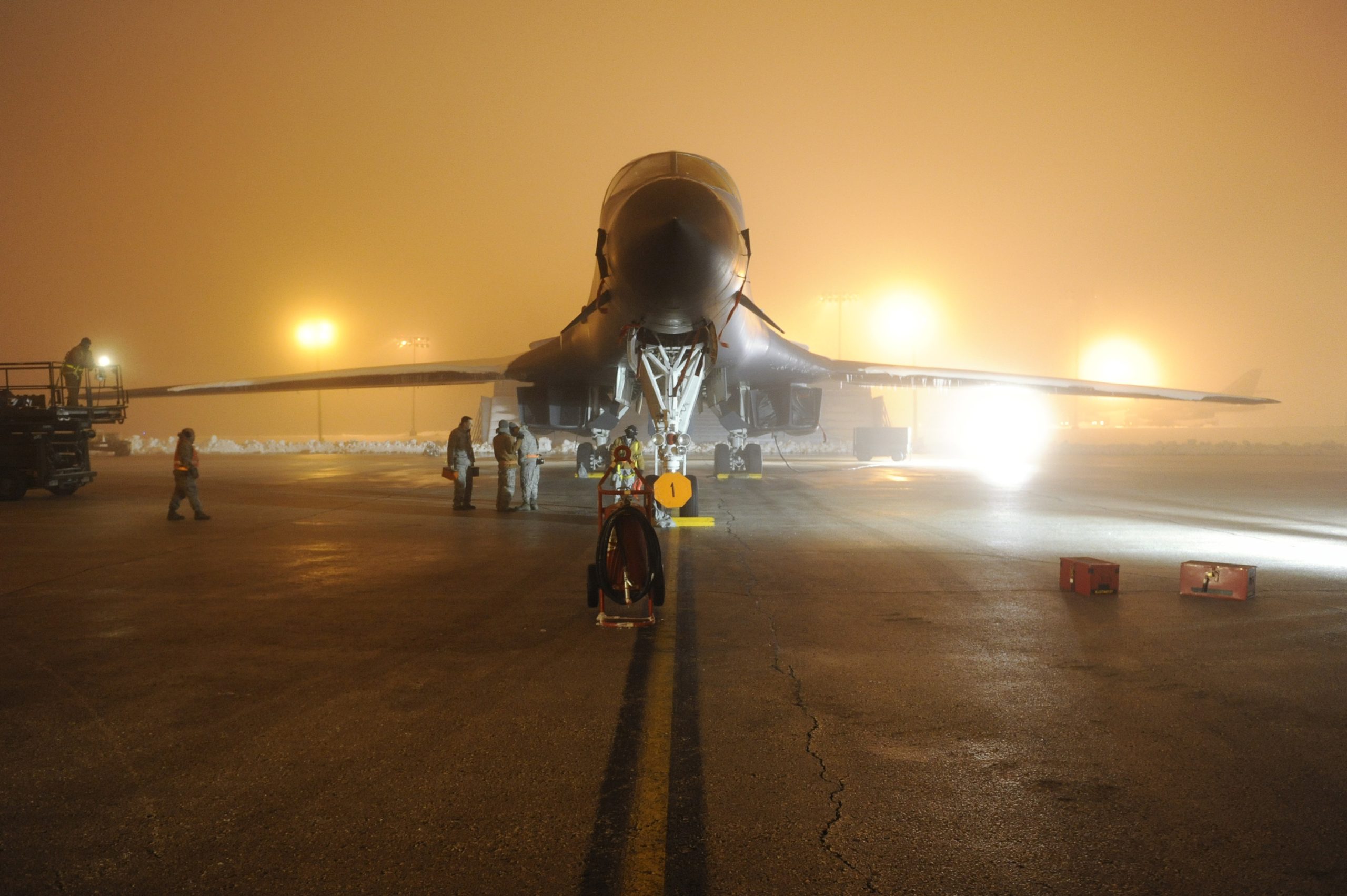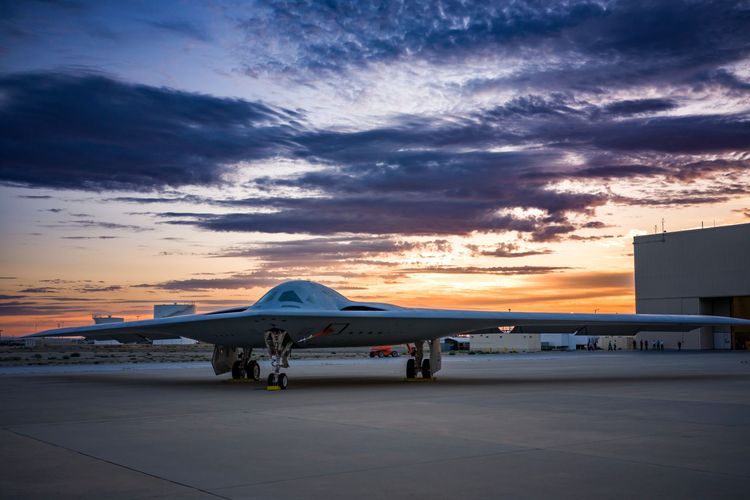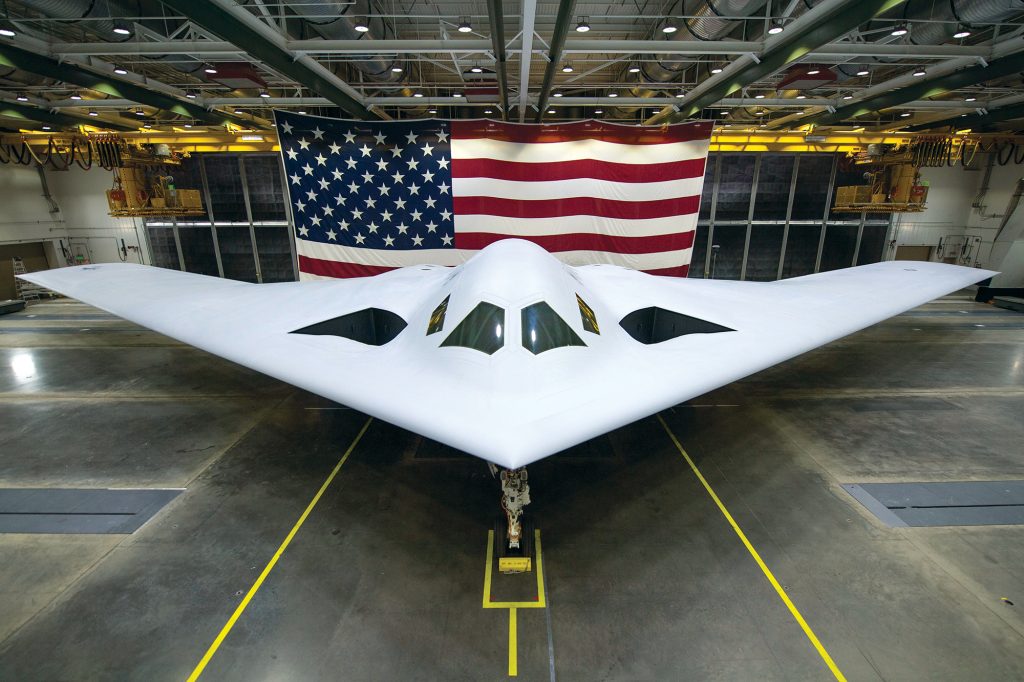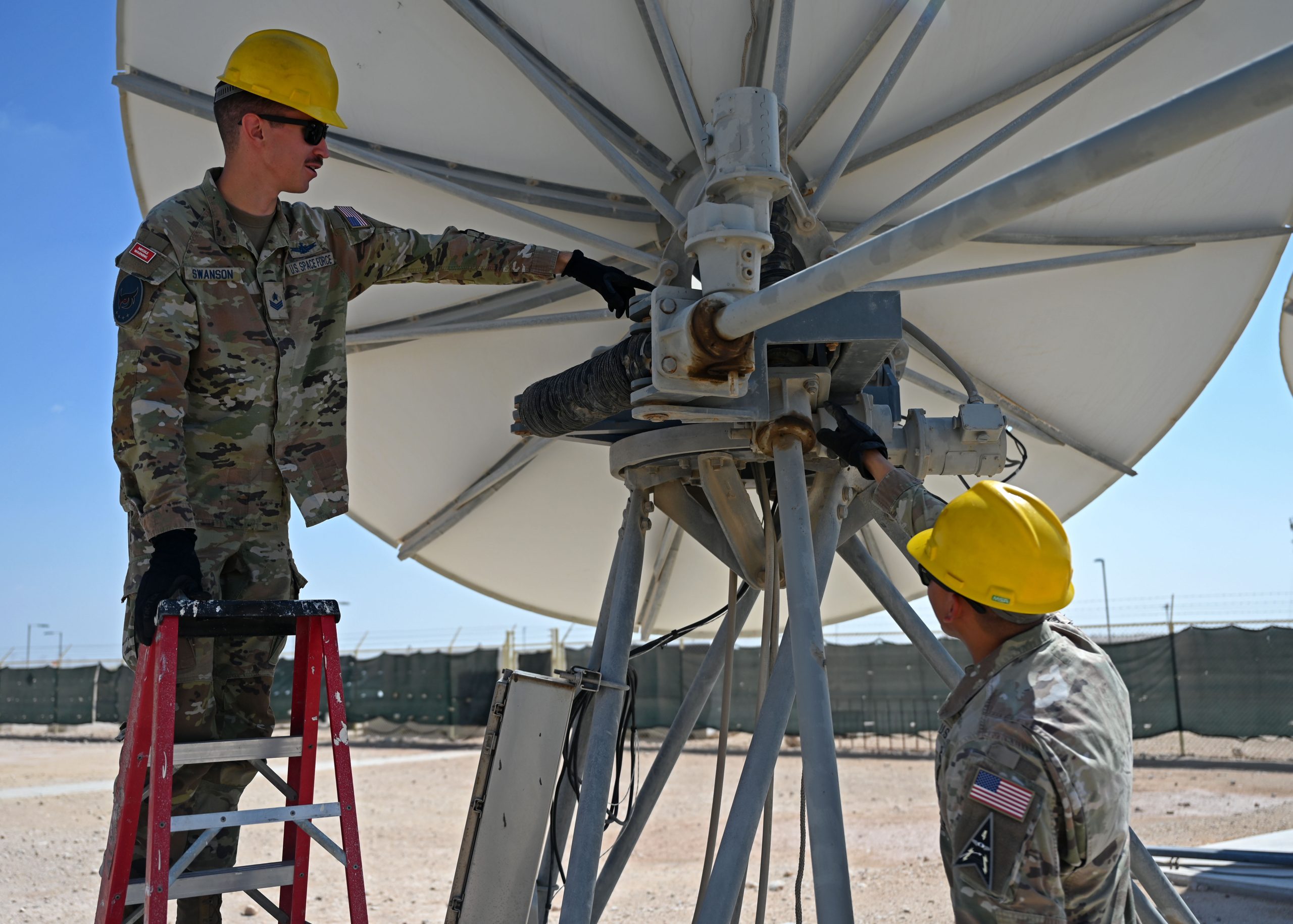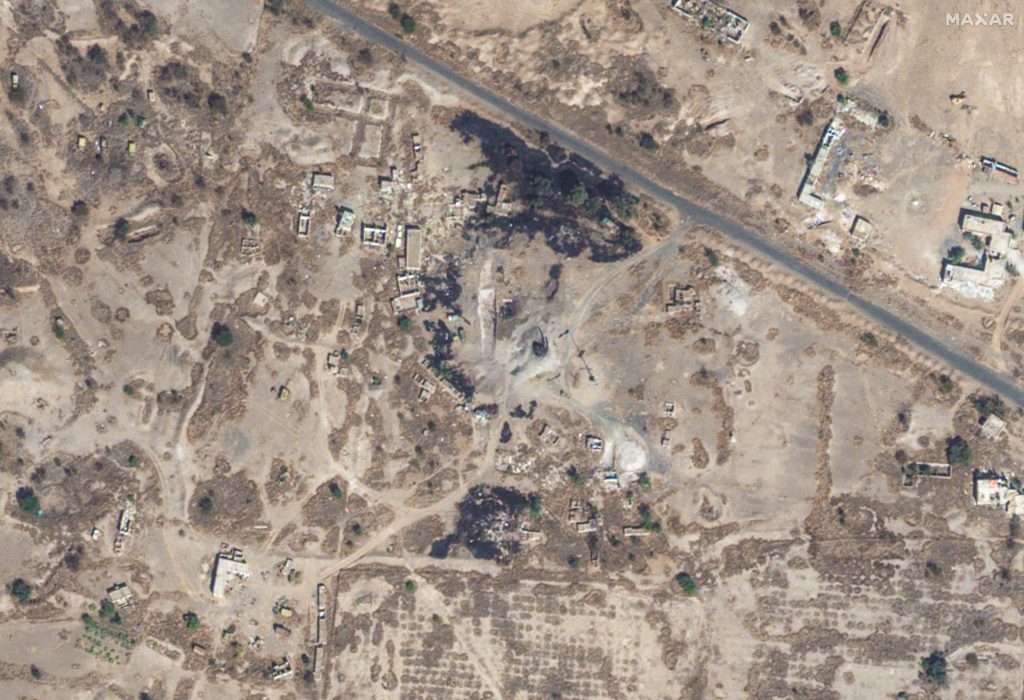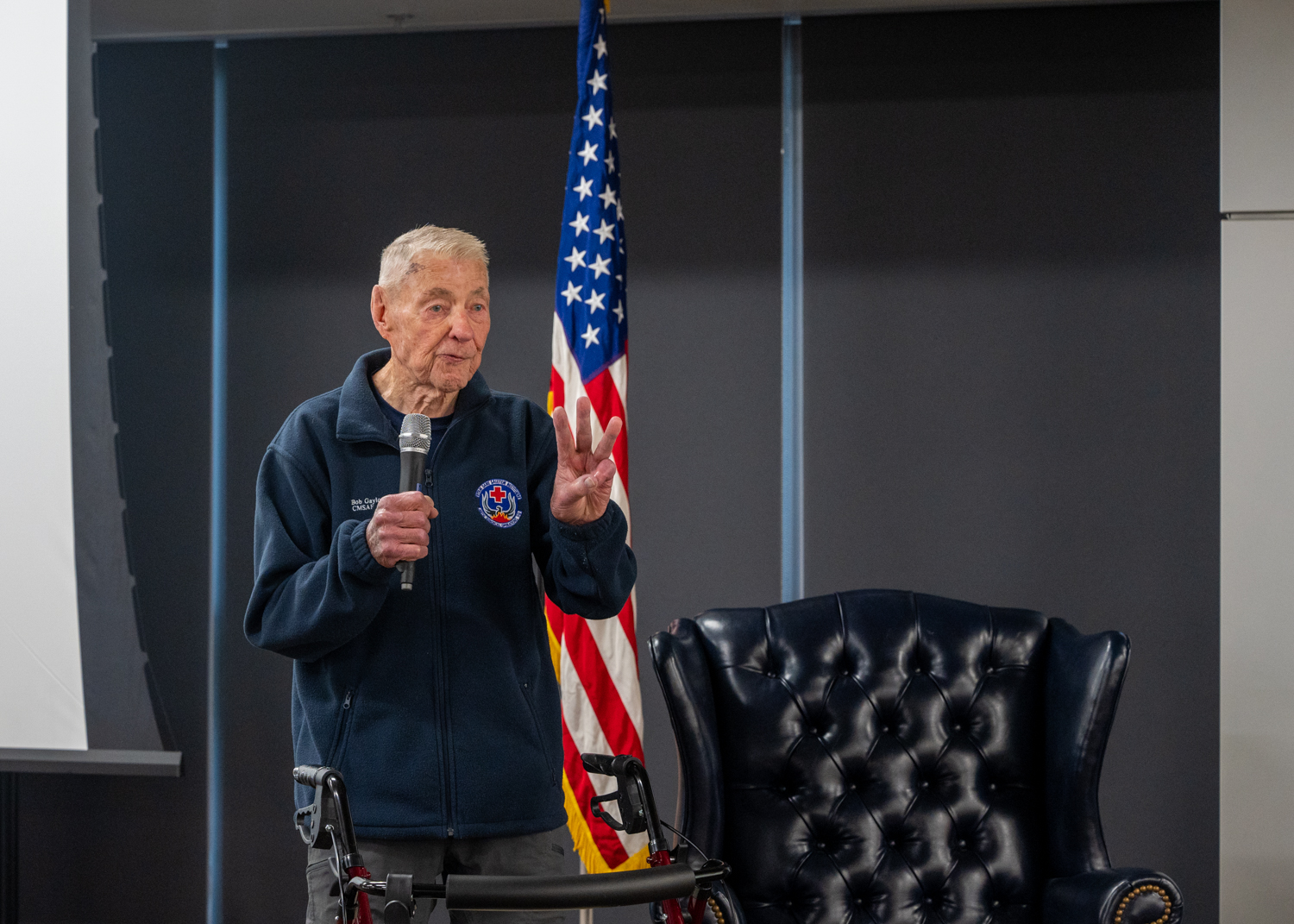On Jan. 18, the Air Force launched a new web app, ‘myDecs Reimagined,’ to serve as a one-stop portal to simplify decorations approval for Airmen and Guardians. The new software replaces the ‘myDecs’ platform bemoaned by service members for poor navigation and bugs, aiming for enhanced usability.
“Users requested flexible software that met operational needs and decorations filed immediately on approval authority signature,” Air Force spokesperson Laurel Falls told Air & Space Forces Magazine. The service is anticipating the upgraded version will “improve user experience with a streamline award approval process,” Falls added.
Key changes for users and approval authorities on myDecs Reimagined include:
- Users can choose who to route to and track decorations on a dashboard.
- Nominators specify the approval authority when drafting nominations.
- Decorations are editable until signed, and users can add comments and routing notes.
- Approved decorations go directly into the record without manual MPF reviews.
- Only HR Technician roles in the CSS and MPF are now needed.
For certain updates, such as the ability for users to track their decorations on a single dashboard, the Air Force applied insights gained from revamping ‘myEval,’ the personnel evaluation web application. Like myDecs, myEval went through a revamp last year, after the service suspended the system in 2022 due to escalating technical issues and complaints.
The earlier verion of myDecs also left many users frustrated. On the unofficial Air Force subreddit, numerous posts can be found where users outline challenges in editing documents or navigating the webpage. One user highlighted struggles in saving edited format, stating, “Every time I go to preview, it seems like the changes didn’t take.” Others labeled the decoration submission experience “terrible,” stressing the need for bug fixes.
To address the problems, the Air Force initiated plans to redesign the software in summer 2023, collaborating with users and experts, according to Falls. Airmen and Guardians in operational units helped shaping the new system and drive policy changes.
Another change in the app is that quality review checks are not automated after previously being conducted by MPF (Military Personnel Flights) members manually, allowing personnel to focus on enhancing recognition programs.
“This new software coincides with a policy change to move the DAF away from reliance on the centralized Military Personnel Flights to file approved and signed decorations,” deputy chief of staff for manpower, personnel, and services Lt. Gen. Caroline Miller said in a release. “Trust and responsibility is placed back with the approval authority and the record now updates automatically upon signature.”
Miller added that the service aims to “make the system more intuitive and create a smoother process for users.”
A memo issued in November stated any nominations not processed in the previous ‘myDecs’ system will be inaccessible before the new software’s launch. Users were directed to resubmit decorations not finalized in the previous system on the new ‘myDecs Reimagined’ page.
The new system will process these decorations to start:
- Air and Space Meritorious Service Medal
- Air and Space Commendation Medal
- Air and Space Achievement Medal
- Aerial Achievement Medal
- Combat Readiness Medal
- Military Outstanding Volunteer Service Medal.
The release indicated potential future additions of other decorations to expand the website’s capabilities.

